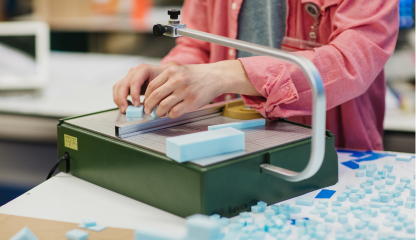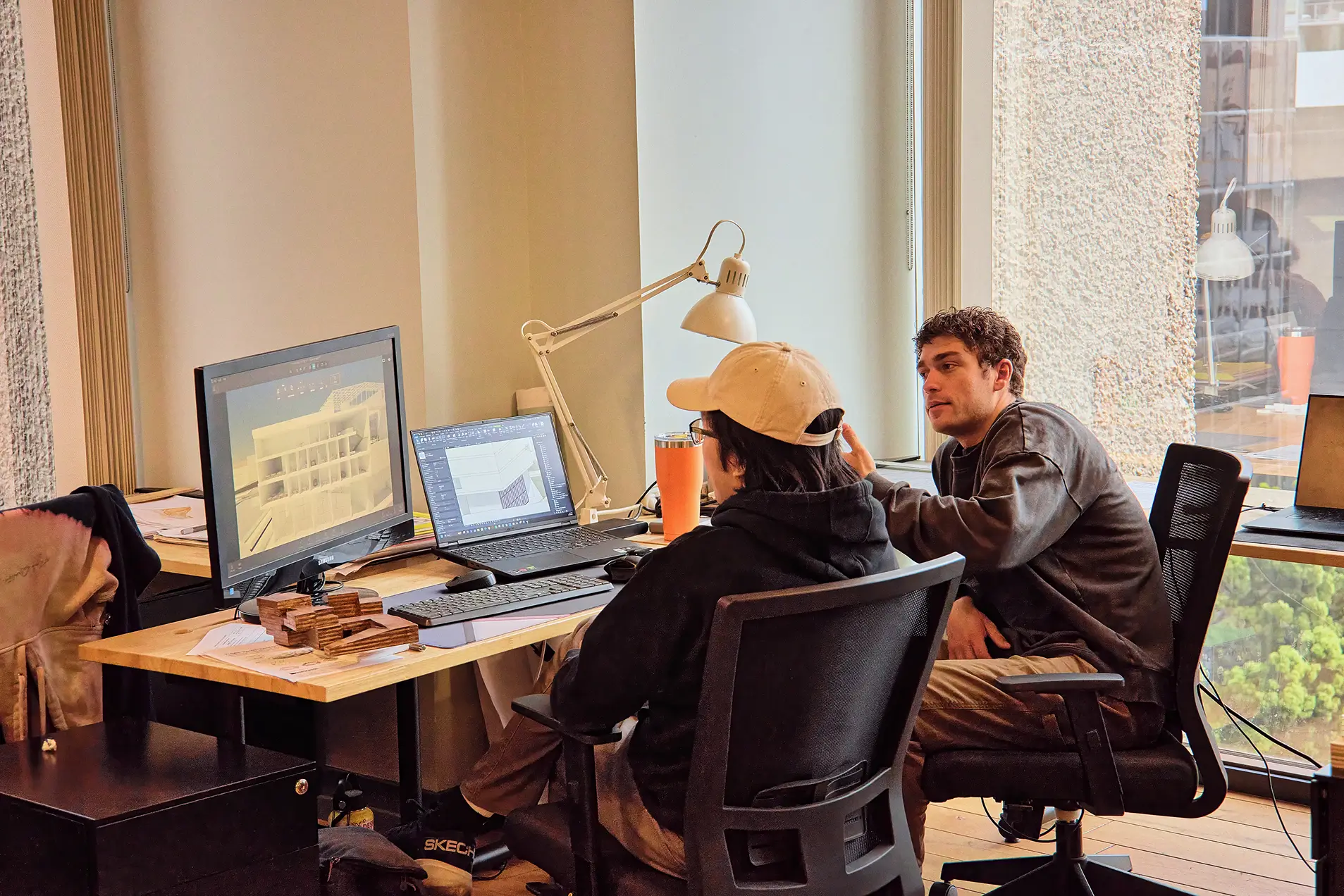You might think you have an idea based on what you see on HGTV, but do you think you really know what goes into being an interior designer? Perhaps not, as it can be much more than just applying colors and items to a space. To eliminate any confusion once and for all, this post will answer the question: what does an interior designer do?
What is the Difference Between an Interior Designer and an Interior Decorator?
It is quite a common misconception to believe that interior designers and interior decorators do the same thing. In reality, these two jobs are quite different. Interior decorators are focused solely on aesthetics, while interior designers are responsible for the more technical parts of the process. According to the Bureau of Labor Statistics, interior designers “make interior spaces functional, safe, and beautiful by determining space requirements and selecting decorative items, such as colors, lighting, and materials. They read blueprints and must be aware of building codes and inspection regulations, as well as universal accessibility standards.”
As you can see, it’s much more than picking out some throw pillows. Decorators concentrate on elevating the look and aesthetics of an interior space. Designers may also decorate, but what makes them unique is their ability to make space feasible to live in.
What Kinds of Projects are Interior Designers Involved in?
Interior designers work on more than just homes as well. Any building requires some interior design, be it residential or commercial. Interior designers work with homeowners and large corporations alike, but most will specialize in one or the other. There is also ergonomic design, where designers work to create work environments that contribute to good posture.
Green design will involve using renewable and energy-efficient materials to create a more sustainable space. There is also elder design, where you will specialize in creating spaces that help to aid the movement of people who are elderly and disabled.
Some designers will cast a wide net and work on many different kinds of projects, while others will specialize in one area of interior design. There are even specific items of interior design that you may have a specialty in. For instance, you may specialize in lighting design or closets or kitchens and baths.
But no matter the space, an interior designer’s job is to make a safe space that is attractive and functional. As an interior designer, you’ll work with colors, textures, furniture, lighting, and space. You could do the interior design for homes, theaters, restaurants, bars, schools, hospitals, malls, airport terminals and more. You’ll pick out everything from the flooring to the ceiling. You may work for yourself, but you’ll collaborate with architects, electricians, and building contractors to ensure that designs are safe and meet construction requirements. And most importantly, you’ll meet your clients wants and needs to create a space they’ll love.
What is the Work Day Like?
While no day will necessarily be the same or follow a standard routine, there are some processes that will remain consistent through different projects.
First, an interior designer learns their client’s wants and needs, typically in a face-to-face meeting. You’ll learn how the space will be used, as well as your client’s budget and deadlines. You may also visit the space to get familiar and envision your plan.
From there, you will create your design plan and estimate the costs, most likely using computer-aided design (CAD) software. This makes it much easier to make revisions based on your client’s feedback.
Once your design is finalized, you will select the materials, finishings, and furniture required for the project. Here you may also need to submit your design to a construction inspector to make sure it meets building codes. When a project requires structural work, you will work with an engineer or architect for that portion of the project. Most projects will require the hiring of contractors for things like lighting, electrical and plumbing.
After you’ve assembled your team with your finalized project, you will create a timeline for the project with your contractors and make sure the work stays on schedule. You will oversee the installation of design elements throughout the project. After completion, you will visit with the client for a follow-up to make sure they are satisfied, and make corrections as needed.
While most projects will be different, you are generally in charge of your own schedule, but will need to tailor it to your client’s needs.
Where Does an Interior Designer Work?
It depends! There are large interior design corporations in which you will have regular hours in an office setting when you are not on a project. If you have your own business, you will generally work on a contract basis, but may have an office space of your own, be it at home or elsewhere.
During a project, you will spend the bulk of your time on site supervising the work. The job will also involve going to stores to purchase items and materials for the project. Your workday will vary based on the project and your deadlines. Self-employed designers tend to work longer hours, and it can be more stressful to find work on your own, especially at the start.
What is Needed to be Successful in This Field?
As we mentioned previously, an interior designer is different from an interior decorator. The color scheme, decorative elements, and atmosphere come second to the functionality. Because of this, having a bachelor’s degree or an interior design certification are highly recommended for the technical qualifications.
Just as importantly, however, are the soft skills that most design professionals have. Being dynamic is a good example. Designers are often given many responsibilities at once and are involved in every part of the interior design project. Thus, multitasking is a crucial component of the job.
Another great skill to have is being organized. Not only does this help with multitasking, but also with the actual design. Organization facilitates intelligent design that can be executed efficiently.
Lastly, working well with people is a must. You must be able to understand your client’s needs and cooperate with them throughout the process. Additionally, strong leadership skills are needed, as you are usually the project manager in charge of your contractors and crews.
How Can I Pursue an Interior Design Career?
If you think a career in interior design is right for you, call NewSchool of Architecture and Design today to learn about our certificate in interior design for architects! After receiving our certificate, you can begin your job search with confidence and start gaining valuable work experience.








 619-684-8800
619-684-8800

